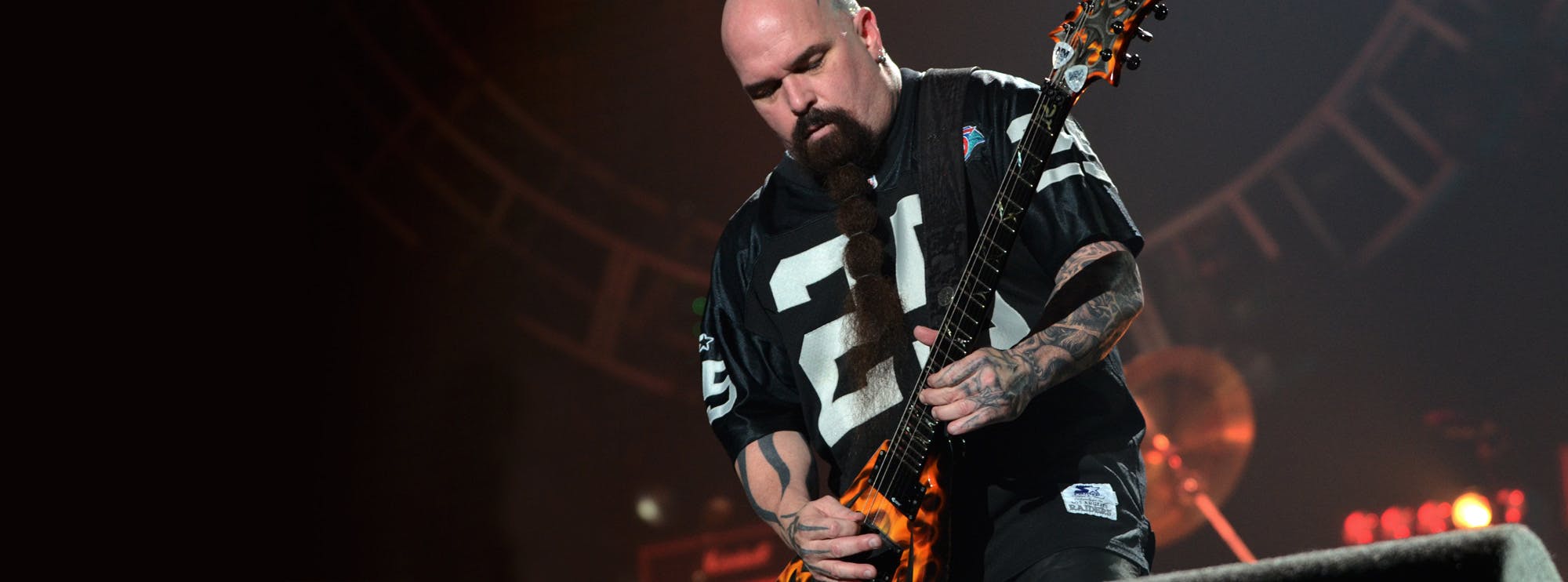CDFF – Lucky This Time by Mr. Big
LickLibrary’s CDFF – Lucky This Time guitar lesson is a deep dive into one of Mr. Big’s most melodic and harmonically rich tracks. This comprehensive tutorial teaches you how to play every guitar part note-for-note, just as it was recorded on the original album. Perfect for intermediate and advanced guitarists, this lesson breaks down the intricate rhythm and lead sections, showcasing the distinctive playing styles of Paul Gilbert and Billy Sheehan, whose interplay and precision made Mr. Big one of the most technically proficient bands of their era.
This in-depth guitar lesson explores a wide range of techniques that define the band’s sound, from dynamic string bending and vibrato, to melodic arpeggios, articulate alternate picking, and expressive slides. Learning these techniques not only helps you master the song but also strengthens your overall musical vocabulary and control. Sam Bell breaks down this classic track in this exclusive Lick Library video tutorial.
About the Song and Guitar Style
“CDFF – Lucky This Time” is a showcase of Mr. Big’s ability to blend pop-rock songwriting with virtuosic musicianship. Built on a foundation of rich chord progressions and soaring melodic leads, the song combines catchy hooks with sophisticated phrasing and tight rhythmic interplay. The guitar work throughout is a masterclass in melodic rock phrasing — balancing aggression with finesse.
Paul Gilbert’s precise articulation and dynamic touch shine throughout the track. From the clean, jangly rhythm tones in the verses to the soaring leads in the bridge and outro, every note serves the song while demonstrating his technical mastery. The solo sections in particular highlight his ability to balance speed with melody — an essential skill for any aspiring guitarist.
About the Guitar Players
Paul Gilbert, the lead guitarist of Mr. Big, is widely respected for his blazing speed, impeccable timing, and melodic phrasing. Known for his work with Racer X and Mr. Big, Gilbert has influenced generations of guitarists with his fluid technique and creative use of picking mechanics. His ability to fuse technical brilliance with soulful expressiveness makes his solos instantly recognisable.
Billy Sheehan, the band’s bassist, deserves a special mention for his contribution to the band’s sound. His intricate bass lines often double or harmonise with Gilbert’s guitar parts, creating a seamless interplay between guitar and bass. This duality gives the band’s arrangements a unique, harmonically rich texture.
Together, Gilbert and Sheehan pushed the boundaries of rock instrumentation, inspiring countless musicians to explore new levels of technical precision and musical creativity.
Key Guitar Techniques Taught in This Lesson
Vibrato
Vibrato adds vocal-like expression to sustained notes, allowing the guitarist to give emotion and personality to every phrase. In “CDFF – Lucky This Time,” controlled vibrato helps phrases sing, enhancing tone and sustain for a professional, polished sound.
Alternate Picking
Precise and efficient, alternate picking is used throughout the song to maintain clarity and speed during fast melodic passages. Mastering this technique improves synchronisation between both hands, helping you play more fluidly and cleanly across all genres.
String Bending and Pre-Bends
Expressive bending is a hallmark of Paul Gilbert’s lead style. The lesson focuses on achieving perfect pitch and control during bends, adding depth and emotion to solos. Learning pre-bends develops your ear for pitch accuracy and enhances musical expressiveness.
Legato (Hammer-ons and Pull-offs)
Fluid legato runs appear throughout the solos, providing contrast to the picked phrases. Working on these passages builds finger independence, smoothness, and articulation — key for achieving effortless phrasing at higher speeds.
Slides
Slides are used in both rhythm and lead parts to connect phrases smoothly and give a lyrical, flowing feel to the lines. They also help you develop fretboard awareness and hand coordination.
Double Stops
Double stops appear in melodic fills and harmonised lead sections. Practicing them improves finger strength and accuracy while adding harmonic richness to your playing.
Arpeggios and Arpeggiated Chord Progressions
The lesson explores how to outline chord changes using broken chord shapes, a technique that reinforces your understanding of harmony and fretboard navigation. Arpeggios are essential for crafting melodic solos that follow the song’s chord structure.
Power Chords and Barre Chords
The rhythm guitar sections rely on a solid foundation of power chords and barre chords, providing the song’s driving energy. Mastering these shapes enhances your chordal vocabulary and strengthens fretting-hand endurance.
Palm Muting
Tight palm-muting is key to achieving the punchy, defined rhythm tone found in Mr. Big’s songs. This technique helps you control dynamics, add groove, and create contrast between sections.
Pinched Harmonics
A signature move in Gilbert’s arsenal, pinched harmonics give certain phrases a biting, high-pitched scream that cuts through the mix. Developing this technique adds personality and intensity to your solos.
Benefits of Learning “CDFF – Lucky This Time”
Learning this song from start to finish not only helps you understand the phrasing and tone of one of rock’s most accomplished guitarists but also enhances your technical control and musical awareness. Every section — from rhythm to lead — builds practical skills you can apply to your own playing.
You’ll improve your hand coordination, rhythmic precision, ear for melody, and ability to blend technical proficiency with expressive phrasing. By studying Paul Gilbert’s note choices and execution, you’ll gain valuable insights into crafting solos that are both virtuosic and emotionally resonant.
Guitar Techniques Used in This Lesson

About The Tutor
Tutor Profile
Sam Bell
Sam Bell has been playing guitar from the age of 4, since then he has played many styles from Funky Blues to screaming Metal/Fusion on 8 string guitar. A member of UK tech metal band ‘Mask of Judas’, he is also currently writing his own solo instrumental album. He also...




